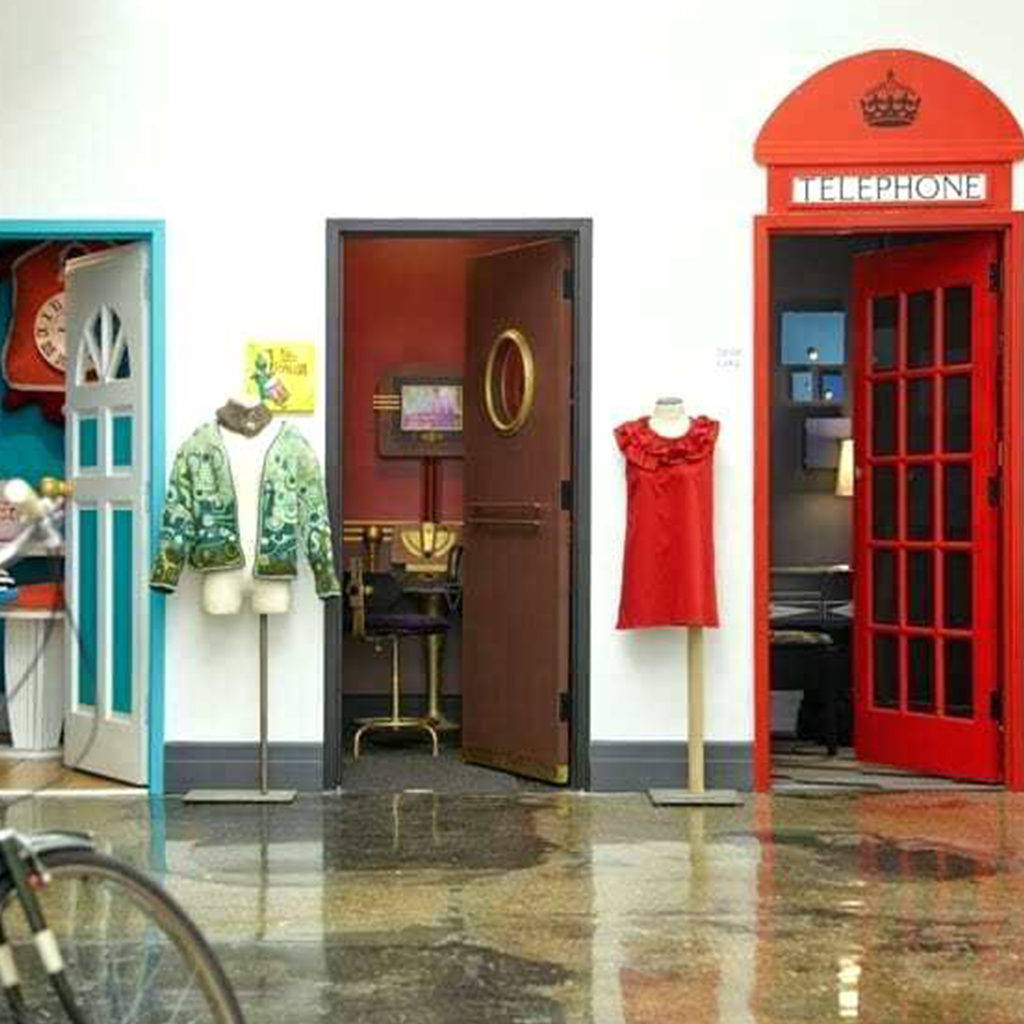




Creating a well-designed office space can significantly impact productivity, employee satisfaction, and overall brand identity. Choosing the right office themes ensures the workspace is functional, inspiring, and visually appealing. From industrial chic to tech-inspired futurism, let’s explore the most popular office interior design themes and how they can elevate modern workplaces.
Modern industrial office design is all about embracing raw, unfinished materials to achieve a warehouse-inspired aesthetic. Think exposed brick walls, metal beams, and reclaimed wood furnishings. This modern industrial interior design office style focuses on open layouts, large windows for natural light, and industrial-inspired light fixtures.
The theme uses salvaged or repurposed materials to create character and charm while maintaining a professional ambiance. By incorporating vintage decor, leather furniture, and metal accents, this design exudes creativity and uniqueness. Urban industrial chic is perfect for companies seeking a bold, edgy look while keeping an open, collaborative workspace.
Biophilic office design is rooted in the idea of bringing nature indoors to improve employee well-being and productivity. This theme incorporates natural elements like plants, wood, water features, and abundant natural light to foster a refreshing and calming atmosphere.
A biophilic design office space integrates vertical gardens, potted plants, and green walls to create a connection to the natural environment. Large windows with views of nature or skylights enhance the effect of natural light, reducing stress and boosting creativity.
Adding natural textures and earthy tones further enhances the calming vibe. Biophilic design promotes physical and mental well-being, making it an excellent choice for modern workplaces that prioritize employee health.
Minimal office interior design focuses on simplicity, functionality, and clean aesthetics. This theme removes all clutter, leaving behind essential furniture pieces and open spaces that promote focus and productivity. Neutral color palettes such as white, gray, and beige dominate the space, while minimalist furniture keeps things sleek and practical.
For a minimal home office design, integrate ergonomic chairs, sleek desks, and hidden storage solutions to maintain functionality without compromising style. Large windows, subtle decor, and open layouts contribute to a sense of spaciousness and tranquility.
Modern minimalism is ideal for companies seeking an uncluttered, distraction-free workspace that inspires focus, creativity, and efficiency.
Contemporary office design combines elements of various styles to create a modern, current look. It focuses on clean lines, bold colors, and innovative materials to reflect the latest trends. Unlike minimalism, contemporary office design ideas allow for a mix of textures, patterns, and statement pieces to add character.
This style often incorporates glass partitions, vibrant furniture, and unique lighting fixtures to create a dynamic yet professional atmosphere. By balancing comfort with sophistication, contemporary office design is timeless and versatile, adapting to the evolving needs of modern businesses.
The use of smart furniture, bold artwork, and open floor plans makes this theme particularly appealing to companies that want to stay trendy while maintaining a highly functional workspace.
Inspired by Nordic simplicity, Scandinavian interior design office themes focus on functionality, minimalism, and comfort. Light color palettes featuring whites, soft grays, and pastels dominate the space, creating a calm and serene work environment.
Natural materials like wood, stone, and leather, combined with cozy textiles, add warmth to the space. Scandinavian interiors often include ergonomic furniture, large windows, and subtle decor that maintain a sense of openness and lightness.
This theme promotes a clutter-free, organized environment that feels inviting and relaxed. Ideal for companies seeking a stress-free, productive workspace, the Scandinavian style strikes the perfect balance between aesthetics and functionality.
Tech-inspired futurism integrates the latest technology seamlessly into office spaces to create a forward-thinking and efficient work environment. This theme incorporates futuristic elements like interactive screens, smart lighting, and automated systems to enhance productivity and reflect innovation.
With a focus on clean lines and innovative materials like glass, metal, and polished surfaces, the design creates a sleek, cutting-edge ambiance. Tech-inspired interiors often feature bold lighting designs, digital workstations, and open spaces that promote collaboration.
This style is ideal for tech companies or businesses looking to showcase a modern, progressive image. By combining technology with functionality, futurism in office design ensures efficiency while creating a visually stunning workspace.
Choosing the right office themes can transform a workspace into an inspiring and functional environment. Whether you prefer the raw charm of modern industrial office design, the calming ambiance of a biophilic design office space, or the sleek aesthetics of contemporary office design ideas, there’s a style to suit every brand identity and employee need.
From minimal office interior design to the innovation of tech-inspired futurism, each theme offers unique benefits that enhance productivity and creativity. By incorporating the right design elements, businesses can create workspaces that are not only visually appealing but also efficient and supportive of their teams.
Interior designers plan, design, and furnish office spaces to improve aesthetics, functionality, and efficiency. They select furniture, materials, and layouts tailored to a company’s brand identity and needs.
There are countless interior design themes, but popular styles include modern industrial, biophilic, minimalist, contemporary, Scandinavian, and tech-inspired futurism.
Key factors include functionality, space optimization, lighting, comfort, and incorporating a design that reflects the company’s culture and enhances productivity.
RECENT COMMENTS